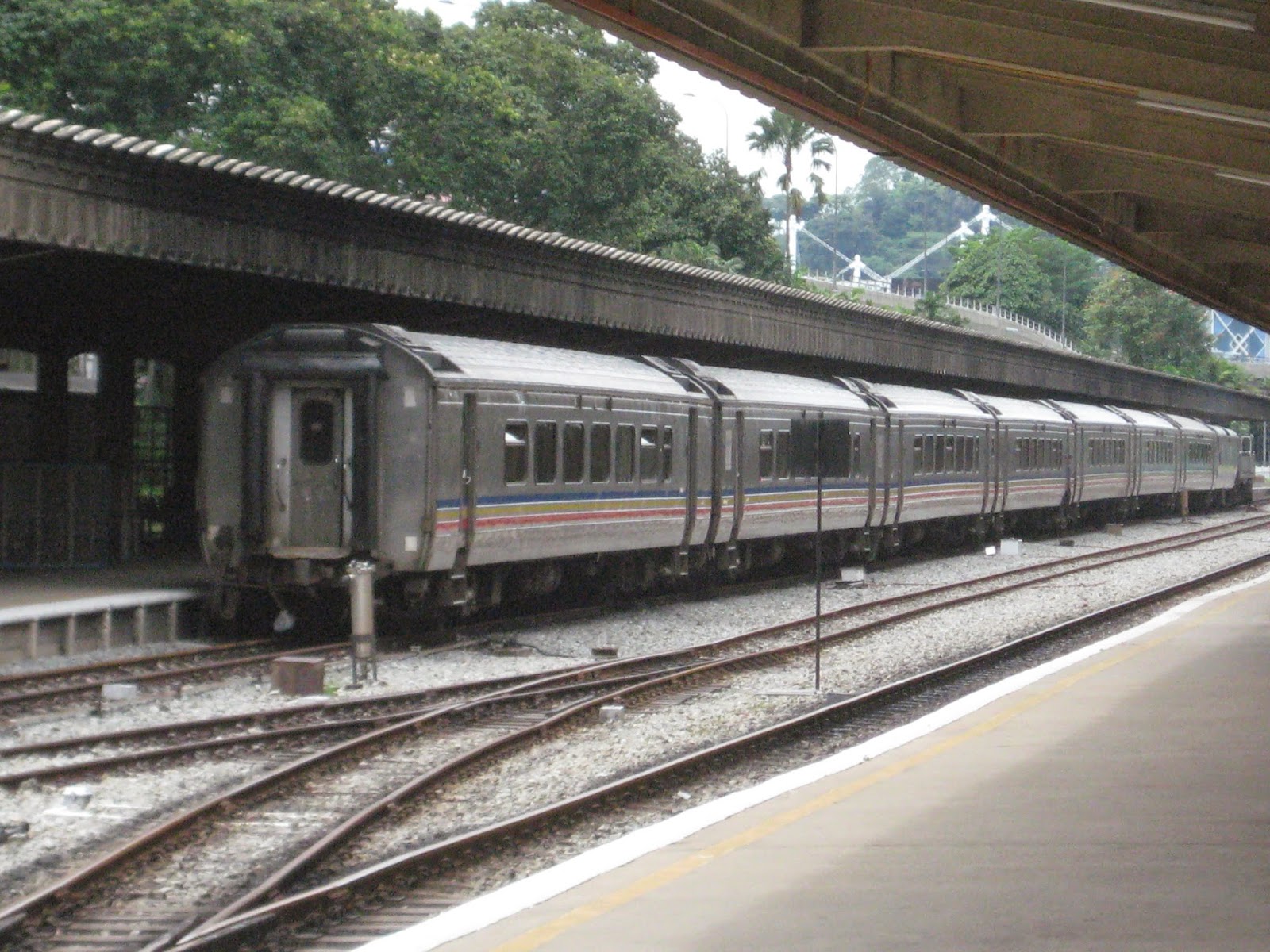 |
| Elgin Bridge looking towards South Bridge Road |
The site where Elgin Bridge sits was already a known crossing point before Sir Stamford Raffles landed in 1819. The locals had built themselves a wooden bridge that spanned over the Singapore river. (1) This bridge was significant as it was the only crossing to where the Chinese community lived. (2) The bridge also separated the Chinese (China town) from the Malays (Kampong Glam). (6)
Former Bridges before the construction of the Elgin Bridge
 |
| A closer view of the Elgin Bridge |
The Elgin Bridge, named after Lord James Bruce Elgin, Governor-General of India was completed in May 30, 1929. (3) This is the fifth bridge that was built on this site. From the first locally-built wooden bridge, a new draw bridge was built by Lt. Philip Jackson in 1822. It was called the Presentment Bridge or Monkey Bridge. Workers were able to draw up the bridges whenever ships with tall sails made their way upstream towards the ports and godowns. (2)
In 1844, a wooden footbridge then replaced the old drawbridge. This new bridge was called Thomson Bridge, named after it's architect John Turnbull Thomson. The bridge was then replaced by an iron bridge in 1862 and it was then named Elgin Bridge. It was built at a cost of $13,000. When the old bridges were taken down in order to build the new bridges, it posed to the community great inconveniences as they would then have to use boats to move themselves and their goods to the other side of the river. (4)
Bridge lighting and emblem
 |
| Lights and plaques designed by Cavaliere Rudolfo Nolli |
The bridge is not the only historically rich architecture. The cast iron orb lighting was designed by an Italian sculptor Cavaliere Rudolfo Nolli. (3) Other works by Nolli include sculptures in the former Supreme Court building, Raffles Hotel and King Edward VII College of medicine building.
Nolli also helped to design six bronze plaques - a lion standing in front of the palm tree - that welcome any visitors using the bridge on either side.
Looking down at the river
It was such a throwback into time walking along the bridge. In those yesteryears, this pathway would be where people use it to get to the other side. No one would really stand along the walkway to watch the tongkangs go by. You see, Singapore River was no where near its current level of cleanliness. The water was filthy and sanitation was non-existent. Thus, the river became a filth pit of human excrement and waste. The river was deemed a "irreversible environmental disaster" by an UN expert. (6)
 |
| A tongkang bearing tourists moving towards Elgin Bridge |
In the late 70s, the government pulled together the different ministries to look at how they could revitalise this polluted river. It took the inter-ministry team 10 years to change this environmental disaster to a miraculous success.
With such a transformation, both locals and tourists alike can now stop along Elgin Bridge to take in the history, watch the sunset and wave at people on board the electric-run tongkangs for tourists.
Updated: February 10, 2016
References
1. History at four more places. June 29, 1985. The Straits Times. P13.
2. Keys, P. July 5, 1981. Spanning the river of life. The Straits Times. P24.
3. Cornellus-Takahama, V. Elgin Bridge. Accessed on April 26, 2015. http://eresources.nlb.gov.sg/infopedia/articles/SIP_921_2004-12-10.html
4. Untitled. October 5, 1861. The Straits Times. P15.
5. The Elgin Bridge is the fourth. December 7, 1954. The Singapore Free Press. P7.
6. Song, O. S. (1984). One Hundred Years' History of the Chinese in Singapore. London: Oxford University Press. P.8, 11.














